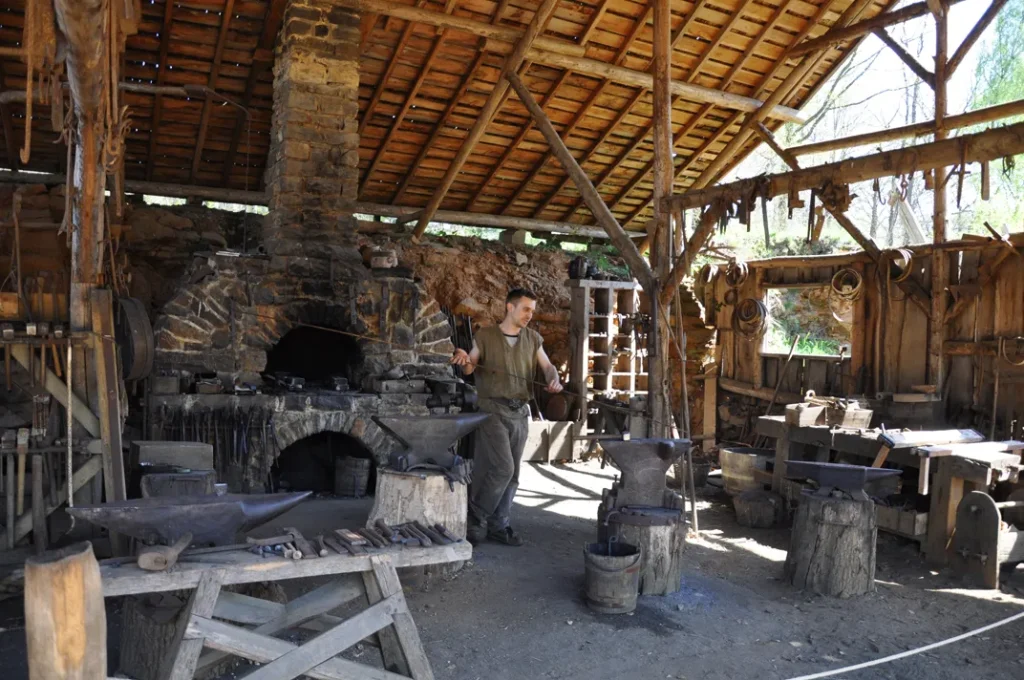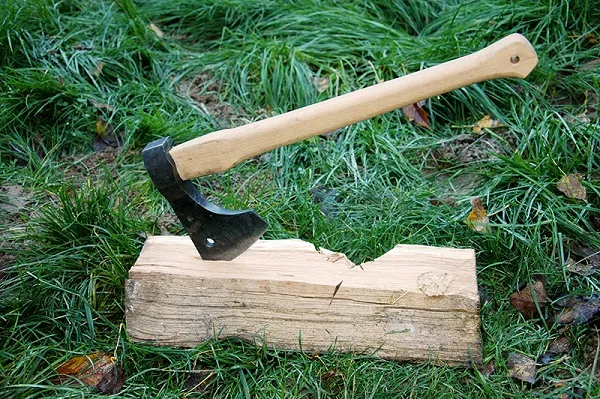History & Culture
The Blacksmith in France: A Living Heritage of Rural Craftsmanship
French Blacksmith: Handmade Ironwork & Rural Heritage
For centuries, the blacksmith has been a key figure in rural French life. More than just a craftsman, he was once at the heart of the village, shaping both tools and community life. Today, his age-old skills continue to thrive—serving modern agriculture, restoring historical buildings, and preserving cultural heritage.
A historic trade at the heart of village life
In medieval France, the blacksmith’s workshop was a vital place. He forged everything from farming tools to horseshoes, nails, locks, and even weapons. Located near the village square, his forge was a hub of activity. The rhythmic sound of the hammer on the anvil echoed across the countryside.
Beyond utility, the blacksmith was a local expert, crafting tailor-made tools for farmers. He played a vital role in the village’s agricultural productivity.

Traditional tool-making: The craft of the “taillandier”
Today, some blacksmiths still practice traditional tool-making—a craft known as taillanderie. They hand-forge sharp tools such as axes, billhooks, sickles, and pruning shears for farming or forestry. These custom-made tools are more durable and ergonomic than mass-produced ones.
Hand-forged tools are now sought after again by professionals who value their quality, precision, and the unique craftsmanship behind them.

Wrought iron art for architectural restoration
Blacksmithing is also an artistic discipline. Through wrought ironwork, blacksmiths create decorative items: gates, railings, staircases, door knockers, or signs. These pieces beautify homes and are essential in restoring traditional French architecture.
Using age-old methods—coal fire forging, quenching, and riveting—craftsmen bring authenticity to historical restorations and protect the soul of rural buildings.
Keeping tradition alive through medieval demonstrations
The blacksmith’s role has also become a way of transmitting cultural heritage. During medieval fairs and historical events, blacksmiths demonstrate live forging techniques, dressed in period costumes.
These events are educational and inspiring. They teach visitors about traditional trades and encourage the younger generations to explore manual, meaningful work.
A timeless craft with a future
In a world of mass production, hand-forged ironwork stands for quality, sustainability, and local pride. Whether it’s for a gardening tool or an ornate gate, choosing handcrafted iron pieces supports living heritage and craftsmanship.

